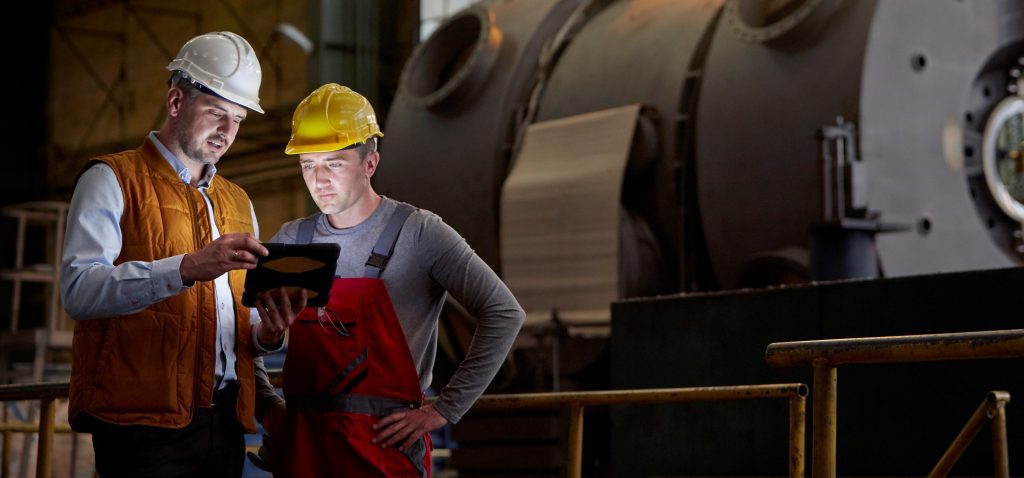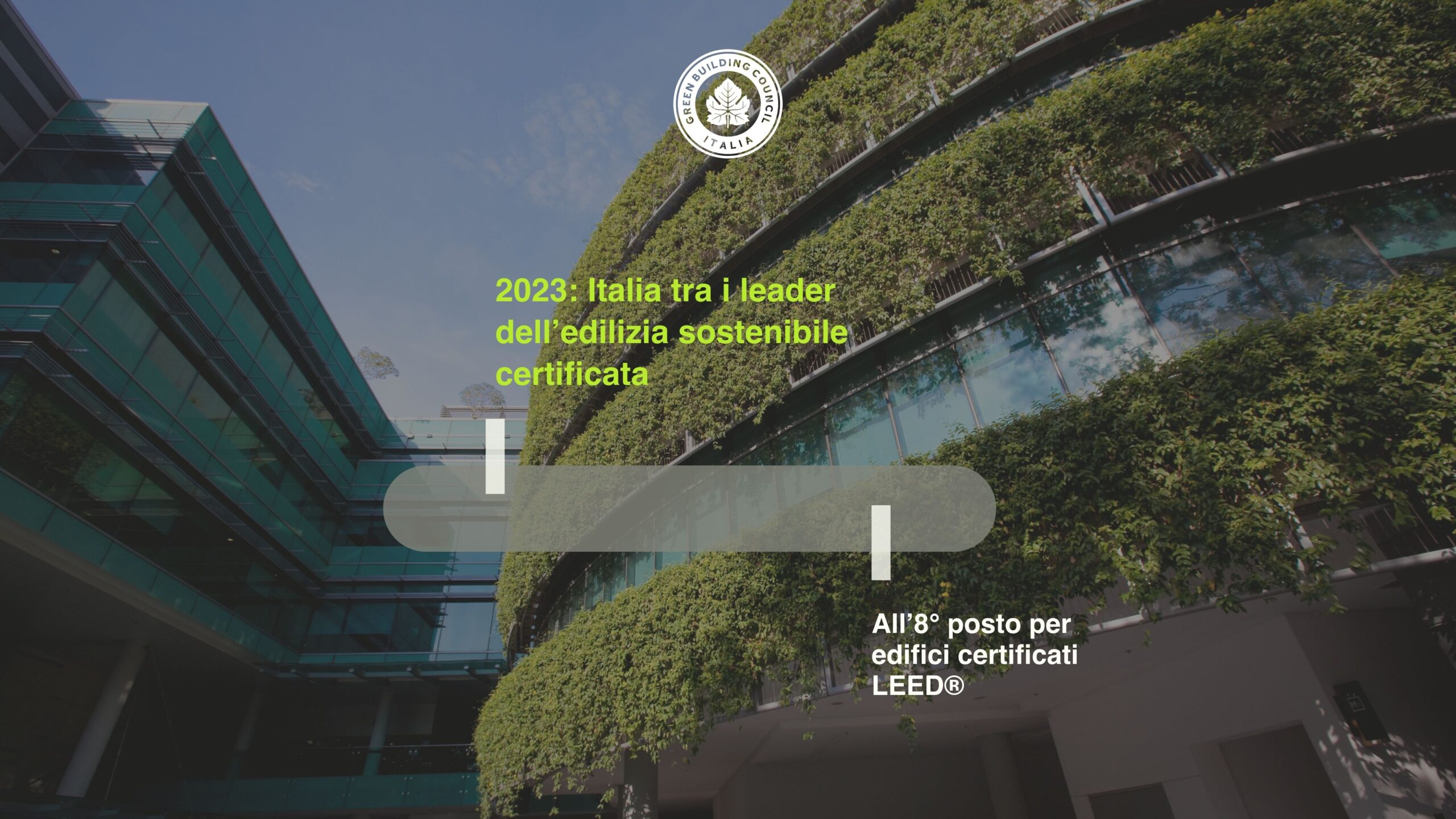Author: Schneider Electric
This audio was created using Microsoft Azure Speech Services


In business, time is money, especially in the industrial sector. To get the most out of your facility and operations, you need an industrial process that’s efficient, robust, and up-to-date.
Variable Speed Drives (VSDs) or Variable Frequency Drives (VFDs) are crucial components of an industrial process that are present and integral in many critical applications. Our mission is to be your digital partner for sustainability and efficiency. Consequently, aging drives are transitioning into obsolescence, making way for new, smarter, and more sustainable solutions.
Today, Altivar 61 and Altivar 71 are coming to the end of commercialization, and by 2028, they will be obsolete. This will result in reduced maintenance and limited access to spare parts for businesses with these models installed, making unplanned downtime a huge risk.
For Industrial Automation, downtime can cost up to €95K a minute or $50 Billion a year.1 These costs aren’t the sole concern either; downtime can often lead to equipment damage, incurring costs beyond just lost revenue along with damaging a brand’s reputation.
This is where modernization through Schneider Electric’s EcoFit comes in.
Benefit from a simple and effective approach to modernization
Modernization refers to the process of optimizing existing industrial automation solutions and integrating the newest technology to make them safer, more reliable, more efficient, and run for longer. EcoFit is Schneider Electric’s approach to modernization for continuing business.
EcoFit offers multiple modernization options, from extending the life of the current asset to total installation replacement.
With EcoFit Replacement for drives, you get a comprehensive modernization package that includes all the tools needed and an in-depth demo that guides you step-by-step through the replacement process. This detailed walkthrough enables users to swiftly remove the older models and install their new drives in a matter of minutes, all with minimal disruption to ongoing operations.
The software and embedded parameters in the new drives mirror those of the older Altivar models, enabling simpler integration without requiring prior experience of installation.
As the installer, your maintenance team will be well-equipped with knowledge regarding the functionality of the new drives, eliminating the need to wait for or incur costs on specialist technicians.
Embrace the newest technology for more efficient day-to-day operations
By modernizing your VSDs, you equip your business with high-performing, innovative solutions that can help extend the lifetime of your assets considerably, as well as reduce the risk of unplanned downtime.
Our new Altivar process range comes with native connectivity that allows you to reinvent the way you work by revolutionizing operational methods. With intelligent, energy-efficient control over not just the drives themselves but your entire industrial process, you can also benefit from predictive maintenance capabilities.
Embedded digital sensors within these drives facilitate seamless integration with EcoStruxure Service Plan, a cyber-secure, cloud-based digital service that brings a proactive approach to asset management, combined with knowledge and action from our experts.
See for yourself: A modernization success story
Various global companies have utilized EcoFit’s modernization package, benefiting not just from an efficient replacement process but also from additional benefits ever since.
A Chinese HVAC firm, utilizing approximately 75 AC drives in operation, decided to upgrade all their obsolete Altivar 61 and Altivar 71 models with the help of our EcoFit Replacement for Drives package. The company witnessed a seamless modernization process with minimal disruption to its systems and daily operations. In fact, many employees reported they were unaware that the modernization was taking place.
Discover the possibilities
Take your industrial process to the next level and avoid future downtime risk by purchasing our EcoFit modernization package to enable your VSD replacement.
For alternative electrical components, explore our EcoFit page and discover a range of modernization solutions, tailored to meet your requirements.
References
1https://www.forbes.com/sites/forbestechcouncil/2022/02/22/unplanned-downtime-costs-more-than-you-think/
About the author


Victor Gasulla
Global Offer Manager, Industrial Automation Specialist
victorgasulla.com | www.linkedin.com/in/victorgasulla
Victor Gasulla is the Global Offer Manager in the Industrial Automation Services division of Schneider Electric. He has a comprehensive 24-year background in Motion, Drives, Automation, and Control within different commercial and technical roles. Victor is reshaping the landscape of industrial automation. Based in Spain, he excels in deploying unconventional strategies, leveraging digital tools, and offering a global perspective.
Victor’s expertise lies in navigating the complexities of industrial automation with a strategic mindset. As a leader in driving global growth, he crafts resilient and sustainable solutions that not only address current challenges but also pave the way for future industry advancements.

 credits: GBC Italia
credits: GBC Italia credits: GBC Italia
credits: GBC Italia
 Foto di Blake Wheeler su Unsplash
Foto di Blake Wheeler su Unsplash